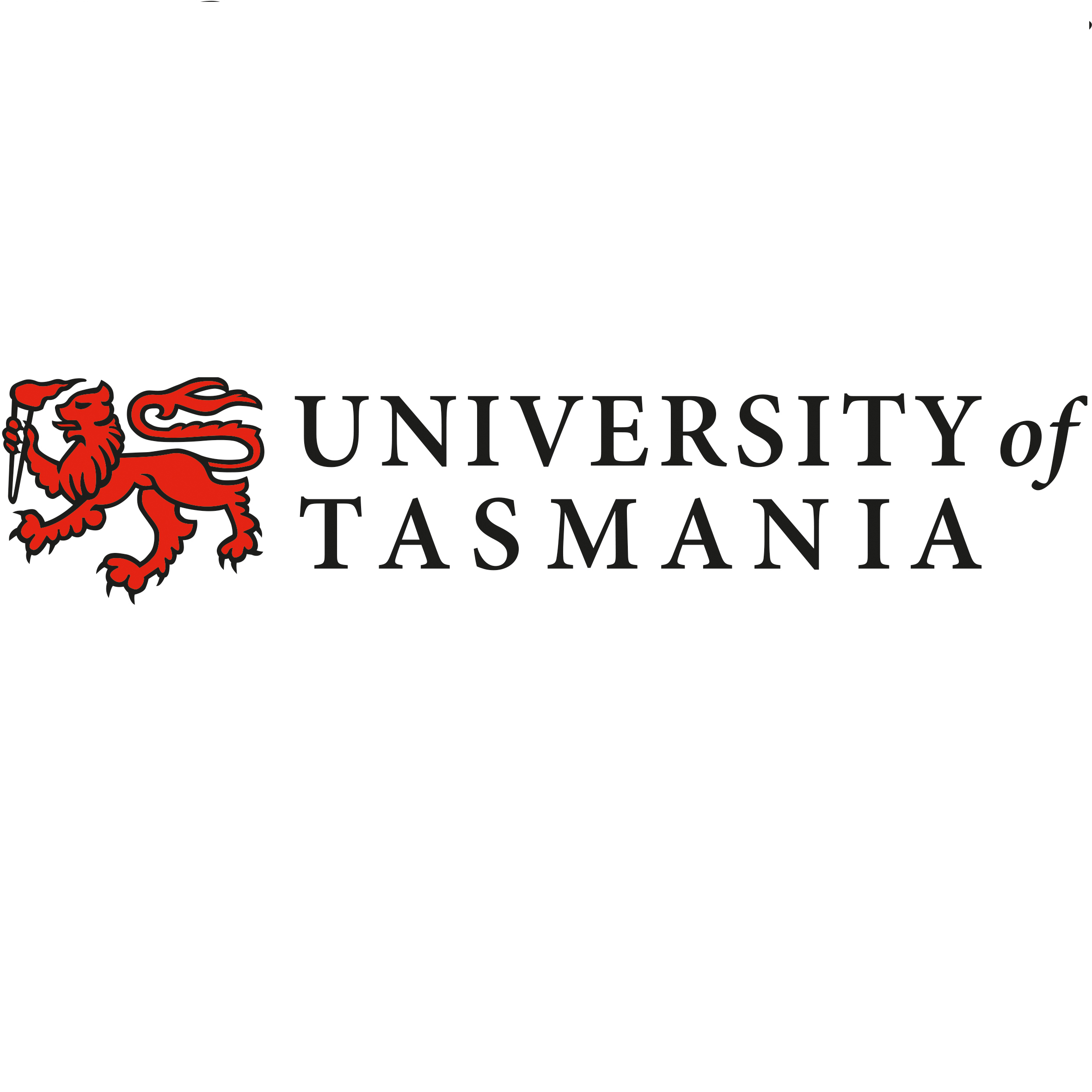Full description
The Aquatic Refuge MCAS‐S Datapack the Tasmanian Midlands is made up of spatial data in a form that can be readily opened, displayed and interpreted using MCAS‐S software and a worked example of an MCAS‐S query (known as an MCAS‐S ‘project’). The datapack was designed for the purpose of identifying river locations that could act as climate refuges for aquatic biota. The types of input data/layers considered for the analysis included topographical features, groundwater inflows, tree cover, solar radiation and enhanced flows associated with climate change or shandying for irrigation (transport of irrigation water along natural waterways). Data on land tenure/protection and biological condition are also included for the purpose of prioritising refuges. The worked example includes a functional model that can be opened with MCAS‐S and a user's guide to describe the spatial data in the datapack and provide detailed instructions on how these data can be integrated and analysed within MCAS‐S and also how the model structure can be modified for decision support. We provide all available and relevant input data. We also provide information to help users to add their own or new data to the datapack. For more information see: Magierowski RH, Carter O, Gilfedder L, Gaynor S, Lefroy, EC and Davies PE 2014 Aquatic Refuge MCAS‐S Datapack for the Tasmanian Midlands: A worked example of using the MCAS‐S tool for addressing aquatic questions in the Tasmanian Midlands. Landscapes and Policy Hub. The Multi‐Criteria Analysis Shell for Spatial Decision Support (MCAS‐S), developed by the Australian Bureau of Agricultural and Resource Economics and Sciences (ABARES) is a decision support tool designed specifically for non‐GIS users to integrate spatial data. The tool is free to download from www.abares.gov.au/mcass. The Landscapes and Policy Hub developed tools, techniques and policy pathways that enable managers and policy makers to integrate biodiversity conservation into regional–scale pData time period: 2014
Subjects
Assessment and Management of Antarctic and Southern Ocean Ecosystems |
Climate Change Impacts and Adaptation |
Climate Change Mitigation Strategies |
Environmental Management |
Environmental Policy, Climate Change and Natural Hazards |
Environmental Sciences |
Ecological Applications |
Ecological Impacts of Climate Change and Ecological Adaptation |
Effects of Climate Change on Australia (Excl. Social Impacts) |
Environmental Management |
Environmental Management |
Landscape Ecology |
Management of Antarctic and Southern Ocean Environments |
Mitigation of Climate Change |
Understanding Climate Change |
climate change |
ecosystem |
hydrology |
rivers |
User Contributed Tags
Login to tag this record with meaningful keywords to make it easier to discover
Identifiers


